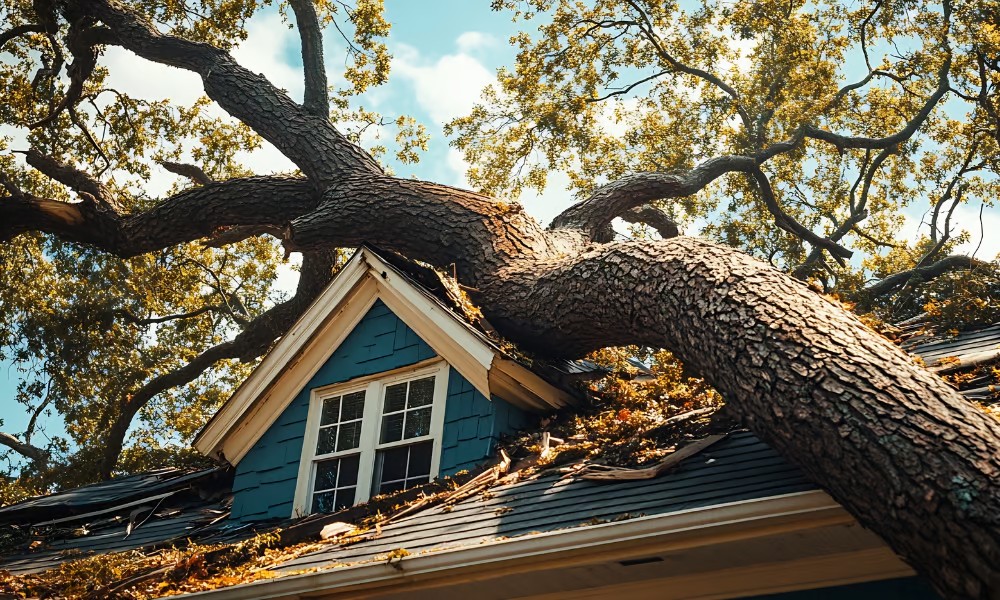What types of PPE are required in your jurisdiction? Who pays for these? Find the answers to these questions in this personal equipment safety list

Personal protective equipment (PPE) refers to any specialized type of gear or clothing designed to protect employees from different workplace hazards. Sometimes called personal safety equipment, it is often described as “a worker’s last line of defence” against work-related risks.
Each job faces its own set of dangers. This is why having the right protection is key to ensuring the safety of all workers.
If you’re working out which types of PPE are needed for your business, this guide can help. Here, COS will provide a personal safety equipment list for the different industries operating across the country.
Personal safety equipment list and uses
Almost every job requires some form of physical barrier against the potential risks that come with the line of work. The type of protection employees need depends on several factors. These include the nature of their jobs and the industry’s legal requirements.
Here are the most common types of personal protective equipment available in Canada. This personal safety equipment list is based on the Canadian Centre for Occupational Health and Safety’s (CCOHS) requirements.
1. Eye and face protection
These must be worn by employees whenever there’s a danger to their eyes and faces. This type of protection is essential for workers exposed to flying particles such as those from drilling, scaling, and welding lights.
Safety glasses
Safety glasses protect against dust, chips, and other fragments that can hurt the eyes. These must have side shields or wraparound sides for full protection and anti-fog lenses to combat heat and humidity.
Safety goggles
Safety goggles provide better protection against impact, dust, and chemicals than safety glasses. These have vents to reduce fogging. Work goggles come in two types:
- Indirect-vent safety goggles: for workers exposed to fine dust and chemical splashes
- Direct-vent safety goggles: for workers exposed to large particles
Read more: Choosing the best prescription safety goggles for workers with vision problems
Welding goggles
These special-purpose goggles are designed to protect against harmful radiation emitted during arc or gas welding. They come in various shades to suit different levels of exposure.
Face shield
This protects the entire face from chemicals, blood borne hazards, and fragments from spraying, chipping, and grinding. Face shields are considered secondary protection and must always be worn with safety eyewear.
2. Protective headwear
Workers at risk of head injuries from fixed or falling objects, electrical hazards, and vehicular accidents must wear protective headgear. This includes hard hats, bump caps, and helmets.
There are two types of protective headwear based on ANSI and CSA standards where most industry regulations are based:
- Type 1: designed to reduce force from an impact to the top of the head only
- Type 2: designed to reduce force from an impact to the front, back, sides, and top of the head
Safety headgear in Canada is also classified by level of electrical protection:
- Class G: withstands 2,200 volts for one minute, with maximum leakage not exceeding three milliamperes
- Class E: withstands 20,000 volts for three minutes after impact, with maximum leakage not exceeding nine milliamperes
- Class C: not tested for electrical insulation
Among the most important factors when choosing protective headwear are fit and comfort. Workers should be able to adjust the headband, so that the headgear doesn’t fall off or shift side to side. Most types of protective headwear come in sizes 6.5 to 8 and have an adjustable ratchet dial.
If you're looking for personalized hard hats in Canada, there are several top customization providers that offer quality products with customizable options like logos, colors, and designs.
3. Hearing protection
This type of PPE protects workers against hearing loss due to exposure to high levels of noise. The most common types are earplugs and earmuffs. While it seems counterintuitive, wearing hearing protection allows workers to hear each other better. This is because their ears aren’t overloaded with noise that drowns out voices.
Learn the the best ear protection for loud machinery: the top earplugs & earmuffs here.
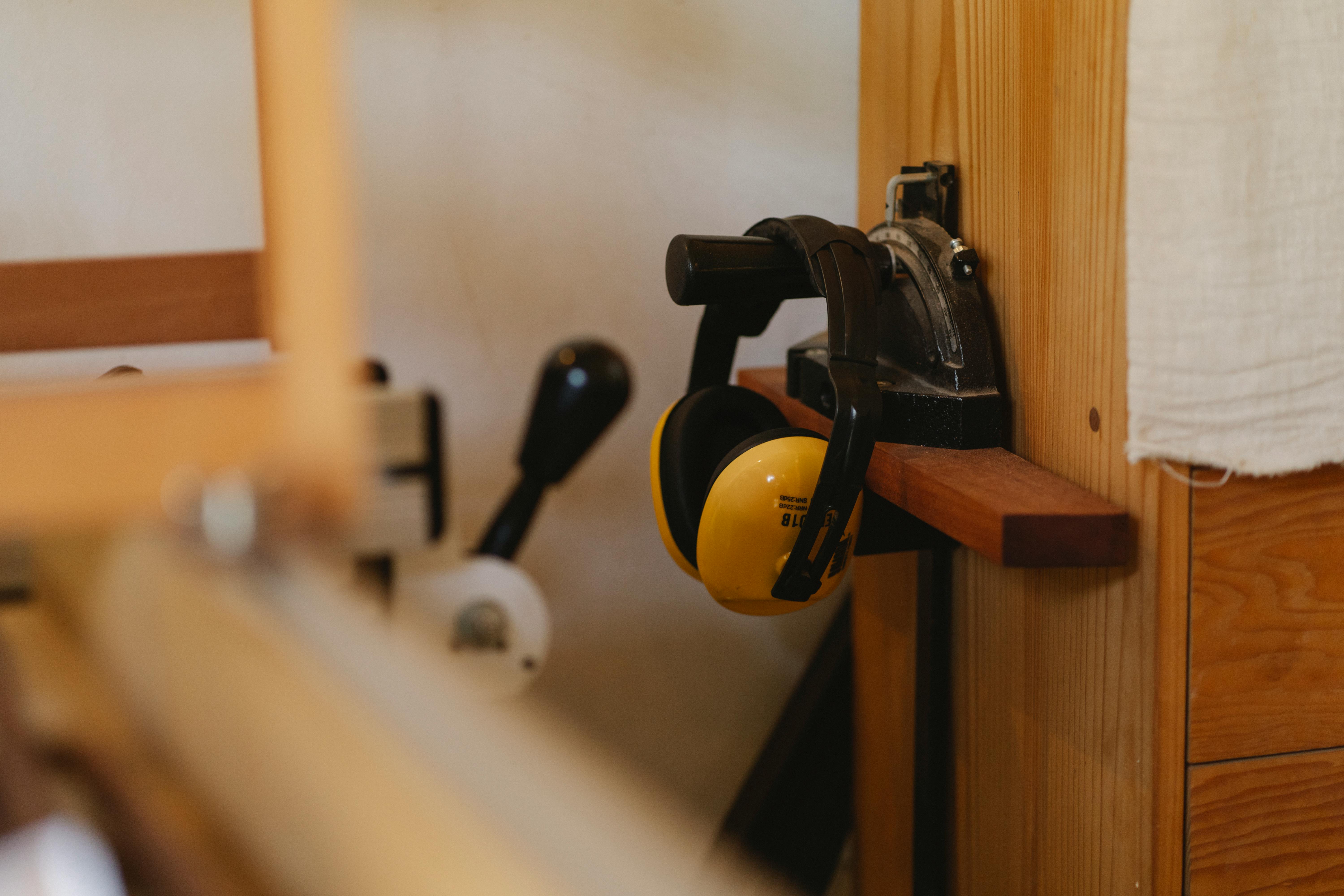
4. Safety gloves and arm protection
Work gloves, finger guards, and arm coverings protect workers from skin damage caused by cuts, burns, and punctures. Safety gloves provide different levels of thermal protection and suit different grip requirements.
Depending on the type of job, workers may be required to wear gloves made of leather, canvas, metal mesh, or fabric. These materials may have chemical- or moisture-resistant finishes. Some hand and arm coverings have rubber insulation to protect against extreme temperatures and electrical currents.
5. Safety footwear and leg protection
Wearing the appropriate protective footwear helps prevent foot injuries in the workplace. Some of the most common types of job-related foot injuries are due to impact, compression, and puncture. Safety footwear must comply with CSA Standard Z195-14 and other jurisdictional regulations.
Some essential protective footwear to add to your personal safety equipment list are safety boots and shoes, toe guards, and metatarsal guards. In terms of leg protection, protective leggings and shin guards may be required depending on the job.
Read more: How to choose the best safety boots for winter
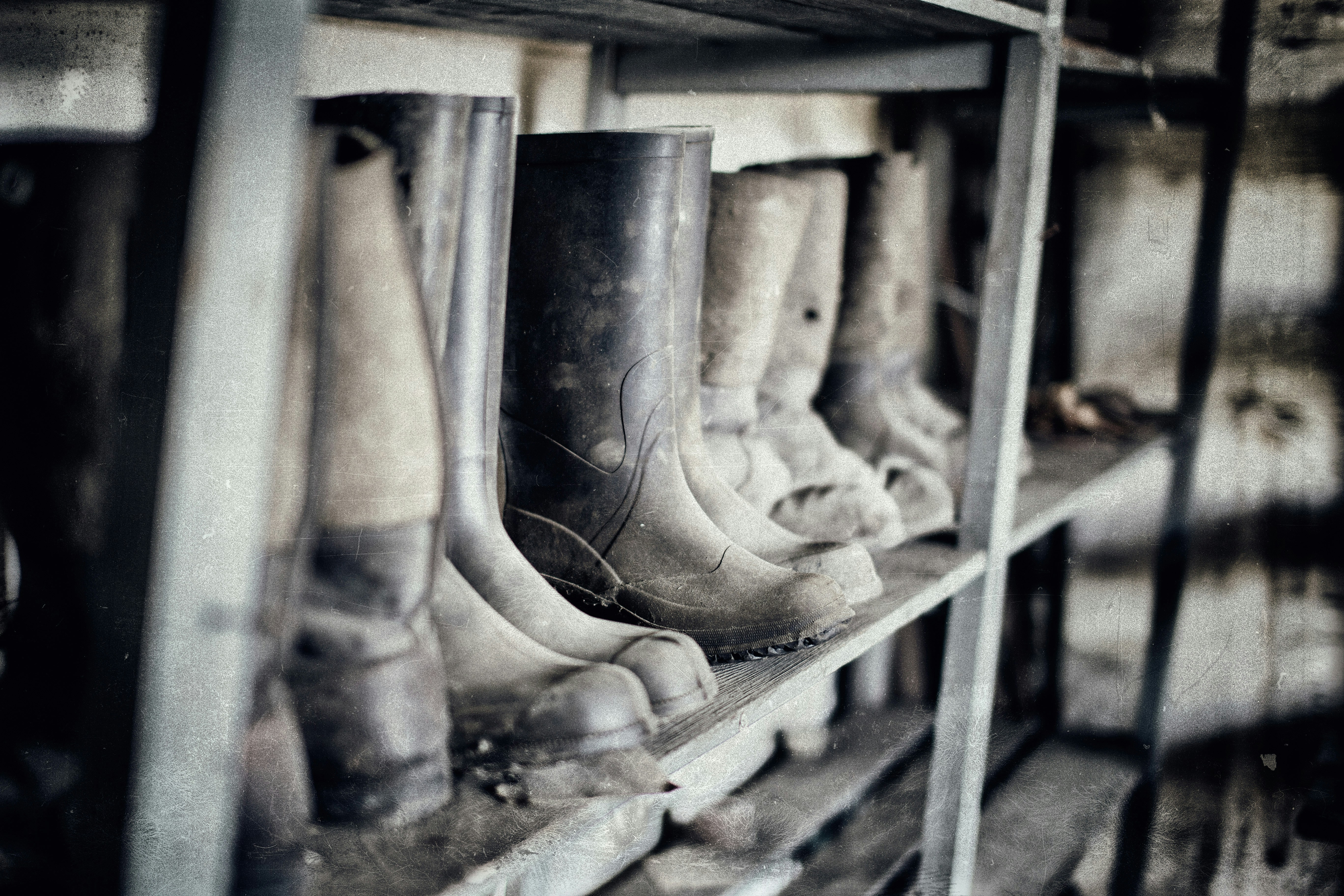
When choosing the right safety shoes, fit and comfort are essential. Here's what could go wrong if you wear ill-fitting safety footwear.
6. High-visibility safety apparel
Employees working in low-light and poor-visibility conditions are required to wear high-visibility safety apparel (HVSA). This type of PPE includes vests, bibs, and coveralls. Some jobs require high-visibility headwear, especially if the workers’ bodies are often hidden from sight.
CSA Standard Z96-15 categorizes HVSA into three types:
- Class 1: provides the lowest recognized coverage and good visibility
- Class 2: provides moderate body coverage and better visibility
- Class 3: provides the greatest body coverage and visibility under poor lighting at great distances
High-visibility apparel is made of materials that bounce off light. The materials may come with flame-, thermal-, water- and tear-resistant finishes. Some fabrics feature increased breathability and flexibility.
7. Respiratory protection
Workers exposed to airborne contaminants are required to have the appropriate respiratory protection. Respirators protect employees against different air hazards, including gases, dust, fumes, mist, and oxygen-deficient work environments.
There are two main types of respirators:
1. Air-purifying respirators
Also called APRs, these remove air contaminants by filtering out particles or adsorbing gases or vapours in a cartridge or canister. APRs are tight-fitting and come in four types:
- mouth-bit: fits in the mouth and comes with a nose clip
- quarter-mask: covers the nose and mouth
- half-face: covers the face from the nose to below the chin
- full-face: covers the face from above the eyes to below the chin
2. Supplied-air respirators
These work by supplying clean air from a compressed tank or through a tube. The air must meet certain standards, including CSA Standard Z180.1-13, for purity and moisture content.
Also called SARs, this type of personal safety equipment can have tight-fitting or loose-fitting respiratory inlets. The former comes with half or full facepieces. Loose-fitting SARs, meanwhile, come in the form of hoods or helmets covering the head and neck or facepieces with rubber or fabric side shields.
Filters are an essential part of respirators as these capture air contaminants. There are three types of particulate filters based on level of oil resistance and filter efficiency:
- N series: not resistant to oil and may be used when there’s no oil particles in the air
- R series: resistant to oil and may be used in environments with up to “one shift” where there are oil particles present
- P series: oil-proof and may be used in work environments with more than one shift where there are oil particles present
One shift is an industry term that means eight hours of continuous or recurrent use.
Check out product reviews of the latest respirators on our Respiratory Protection Products page.
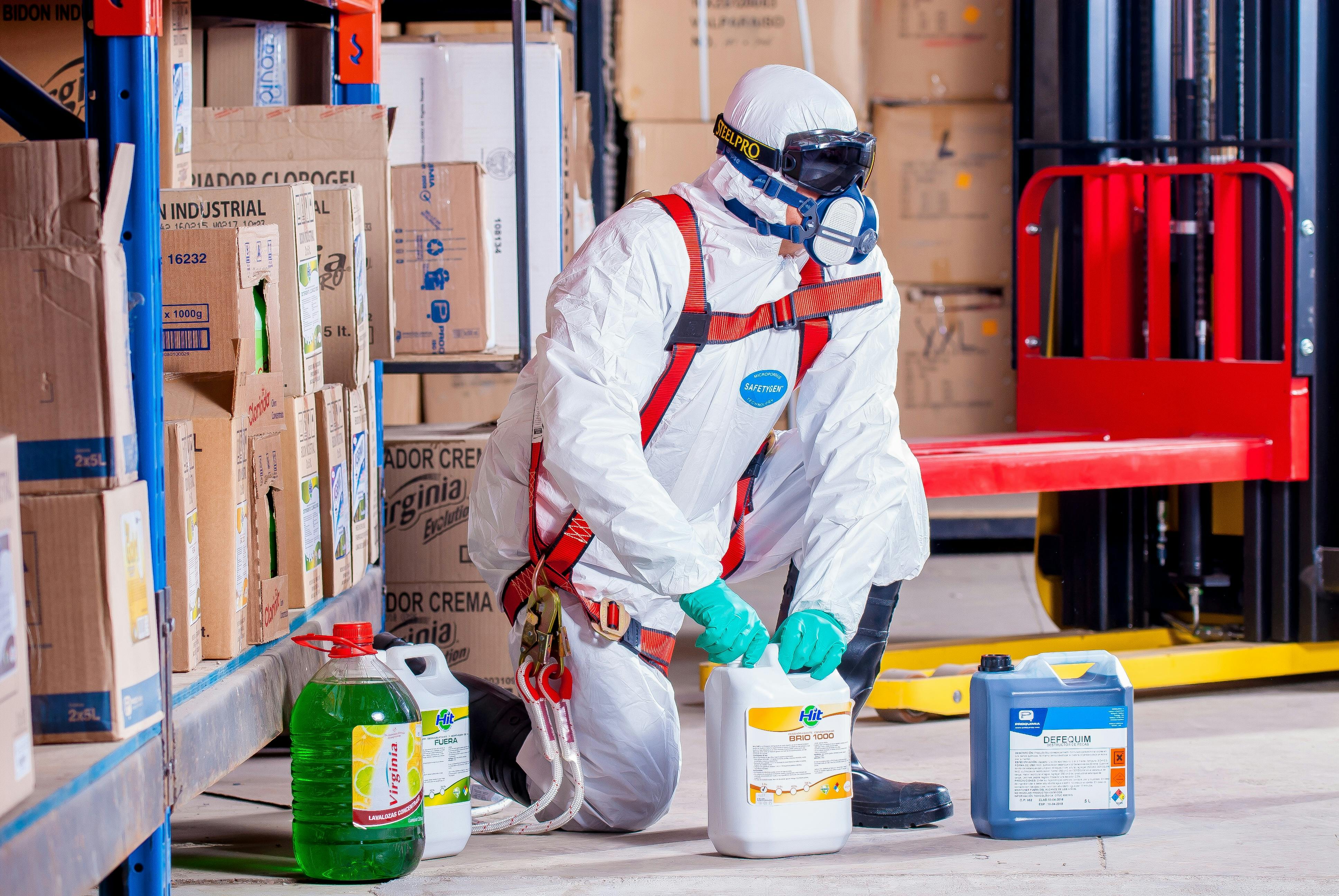
8. Life jackets and personal flotation devices
These reduce the risk of drowning for workers who fall into water or need to evacuate their vessel in an emergency. Life jackets and personal flotation devices (PFDs) are often used interchangeably, but there are a few distinctions.
Unlike life jackets, PFDs enable the wearer to turn face-up without effort. Another difference is that some PFDs have added thermal protection to prevent hypothermia, something that life jackets lack.
9. Fall protection equipment
This type of personal safety equipment is required for workers who are at risk of falling at least three metres or 10 feet. Fall protection equipment includes body belts, harnesses, personal fall arrest systems (PFAS), and personal energy absorbers and lanyards. These devices must comply with CSA Standards Z259.
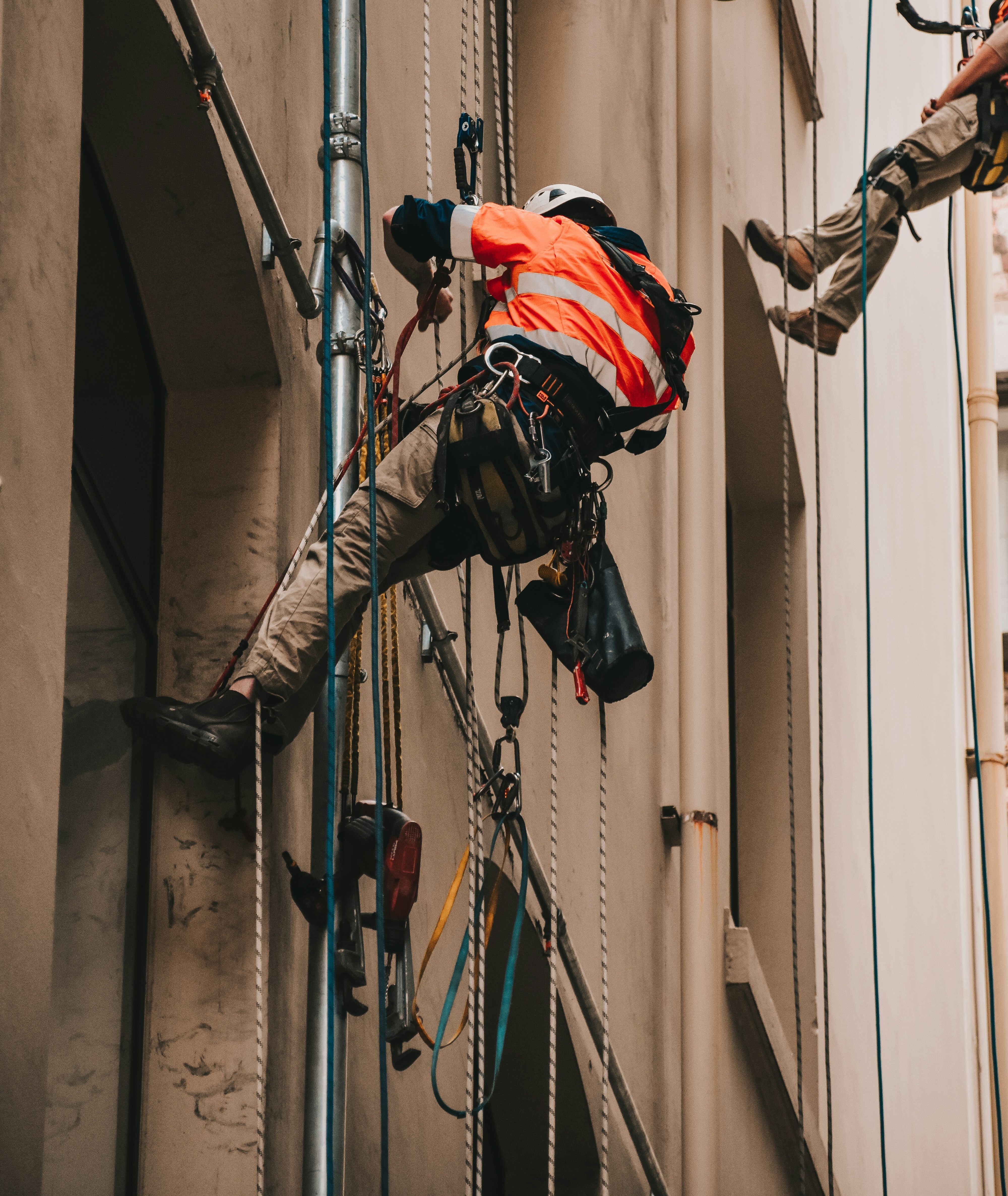
Personal safety equipment list: industry-by-industry checklist
COS picked some of the biggest industries in Canada that may require workers to use personal protective equipment. We then prepared a checklist of the different types of PPE employees need. Feel free to download and print the personal safety equipment list that fits your business.

Personal safety equipment list – chemical industry
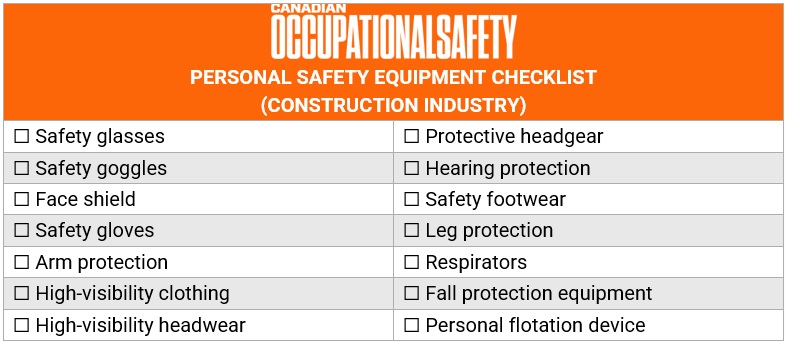
Personal safety equipment list – construction industry

Personal safety equipment list – food & beverage industry

Personal safety equipment list – healthcare industry
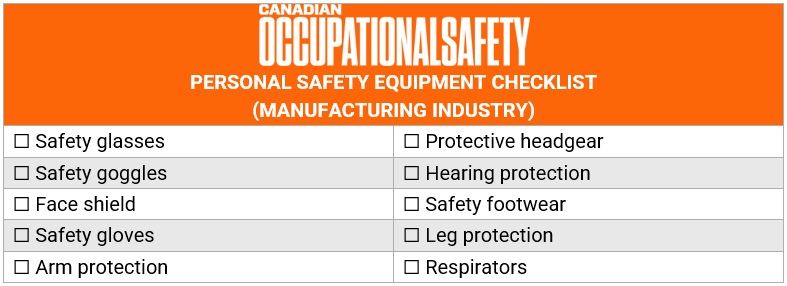
Personal safety equipment list – manufacturing industry
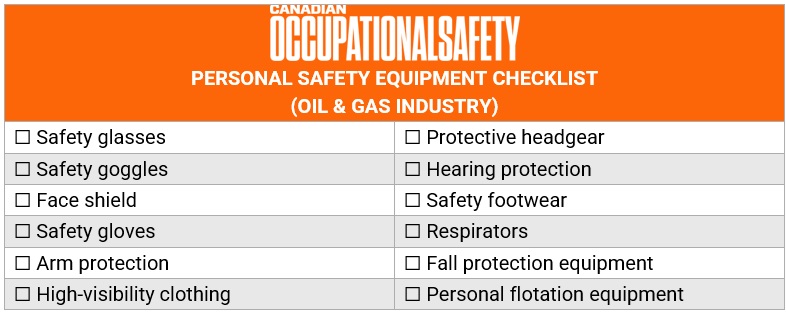
Personal safety equipment list – mining industry

Personal safety equipment list – oil & gas industry

Personal safety equipment list – pharmaceutical industry
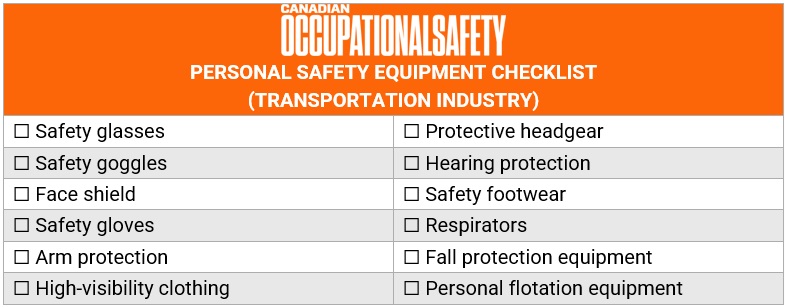
Personal safety equipment list – transportation industry
Who pays for personal protective equipment?
All Canadian jurisdictions require the use of personal protective equipment in the workplace. Provinces and territories also have guidelines on how to use, store, and care for PPE. The main difference lies in the rules of provision. This begs the question, who pays for PPE?
Three jurisdictions require employers to provide all necessary personal protective equipment at no cost to their employees:
- Northwest Territories
- Nunavut
- Québec
There are also three jurisdictions that don’t specify who is responsible for paying for PPE:
- Newfoundland and Labrador
- Ontario
- Prince Edward Island
The remaining provinces and territories have varying rules on who should provide personal safety equipment in the workplace:
Alberta
Employers are responsible for providing workers' respiratory protective equipment if it is needed for the job. The province, however, doesn’t specify who should pay for the other types of PPE.
British Columbia
BC workers are required to buy their own PPE for general work purposes, including safety gloves, footwear, and headgear. They should also wear clothing that protects them from the elements.
For the other personal safety equipment, the employers are responsible for shouldering the cost. Employees, however, can work out an agreement with their employers to also cover their general work PPE.
Manitoba
Workers must buy their own protective headwear and footwear, which should comply with the province’s PPE requirements.
For the other items on our personal safety equipment list, employers must provide them at no cost to their employees. Employers must also ensure that the rules for cleaning, storage, repair, and replacement of PPEs are followed.
New Brunswick
WorkSafeNB website states that deciding who pays for PPE in the province is “best made by the workplace parties.”
Nova Scotia
Employers and their employees decide on who pays for PPE and whether the cost is shared. There are specific types of personal protective equipment that employers are required to provide. These include:
- work clothes
- respiratory protection equipment
- personal flotation device
- PPE for rechargeable storage batteries, energized electrical installations, and confined space entry
Yukon
Workers are expected to wear clothing that protects themselves from the natural elements. They are also responsible for buying their own work gloves and safety footwear. Employers will provide other PPE and specialty clothing if the job requires them.
The table below contains the links to each jurisdiction’s department responsible for occupational health and safety. You can find out the PPE regulations and requirements in your area by clicking the links.
|
Occupational Health and Safety (Alberta) |
Occupational Health & Safety Division (Nova Scotia) |
|
Ministry of Labour, Training and Skills Development (Ontario) |
|
|
Workplace Safety and Health Branch (WSH, Manitoba) |
Workers' Compensation Board (Prince Edward Island) |
|
Commission des normes, de l'équité, de la santé et de la sécurité du travail (CNESST, Québec) |
|
|
WorkSafe Saskatchewan |
|
|
Workers' Safety and Compensation Commission of the Northwest Territories and Nunavut |
Occupational Health and Safety Branch (Yukon) |
Visit our Product Resources page for more news and information about workplace safety equipment and devices in Canada.
Did you find our personal safety equipment list useful? Do you think the country’s laws on personal protective equipment help in ensuring workplace safety? Let us know in the comments.
Articles You Might Like:
Boat safety equipment for small commercial vessels: an essential checklist





